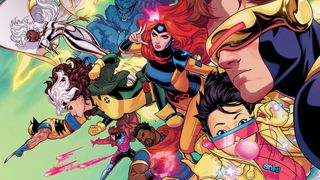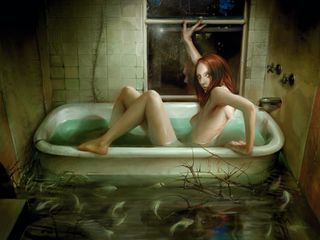
Putting a dark twist on familiar things creates the most disturbing kind of picture – as in horror films about possessed toys and appliances out to kill you. Surrounding a character with everyday subject matter gives viewers an easy opportunity to imagine themselves playing a role within the scene, whether they like it or not.
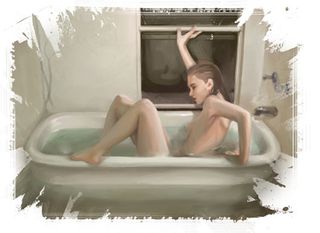
That said, this work – Escapism – is a personal piece in an ongoing series I call Trial By Water, based on vivid aquatic nightmares I've had since I was a kid. It's an unnerving painting, but it wouldn't be if it weren't for the little things.
I concentrated heavily on bringing out a creepy vibe using dim light, sickly colours and a few textural finishes. At its core, it's a painting of a girl in a bathtub, but the grimy, dingy details are what I think give this piece a life of its own.
Everything in moderation
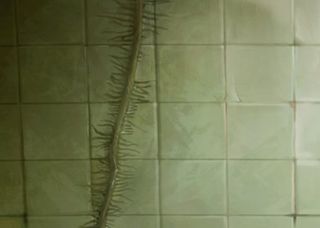
Even intricate work has to start with the basics. When working out the composition, I left areas of flat negative space to help direct where I would and wouldn't go nuts with detail in the final art.
For example, the tiled wall behind the bathtub could have been cracked and marred beyond repair, but I intentionally used low-opacity washes of green to mute the lines and help pop out the strong highlights on the figure
Thinking big
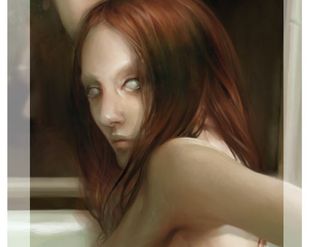
To achieve maximum detail in the face, I painted it in a separate file at a larger resolution. Even when an image is scaled down, finer brushstrokes show through. It's a good general rule for detailed work to work at as high a resolution as your processor enables you to.
Keeping it real

I use all kinds of references, but I enjoy drawing from life whenever possible. To get the richest realism out of the sticks and vines here, I took my sketchbook outside. To achieve the final look, I scanned the sketches and set them to Multiply over the image, then painted in colour and water reflections on top for a dark, wet feel.
Get the Creative Bloq Newsletter
Daily design news, reviews, how-tos and more, as picked by the editors.
Taking photo references

Subtle textural finishes can add a lot of subliminal interest to a painting, and sometimes the best way to achieve them is to carry around a camera. Some of the objects making a quiet appearance in this piece are a bath towel, a counter-top and an abandoned parking garage floor.
Complementary colours

Some details are created without tiny brushstrokes. Using complementary colours to define reflective light – as I have with the reds and greens in this piece – can be visually stimulating and help create contrast in otherwise flat areas.
Mixing it up

To create a texture, I take several photographs and layer them over one another using Screen, Multiply or Overlay Adjustment Layers. I do this in Greyscale mode at a high resolution, then select the image and use Edit>Define Brush Preset to make the texture into a large custom brush.
Adding textures to the final image
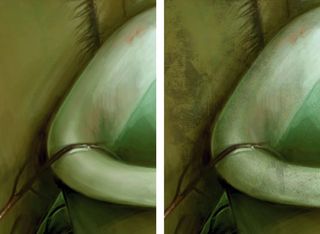
Using a greenish colour sampled from within the painting, I applied the Photographic Texture brushes at about 30 per cent Opacity on a layer set to Multiply, and removed unnecessary texture with the Eraser tool.
Photoshop custom brush: Wet Grunge 01

This brush is great for applying texture onto a finished painting – I also sometimes use it as abackground for quick sketches and concepts.
Words: Cynthia Sheppard
Cynthia Sheppard is a freelance digital artist. With a background in traditional painting, she likes to bring classical techniques to her work on digital canvas.
This article originally appeared in ImagineFX magazine issue 66.
Like this? Try these...
- Free Photoshop brushes every creative must have
- Free Photoshop actions to create stunning effects
- Illustrator tutorials: amazing ideas to try today!




